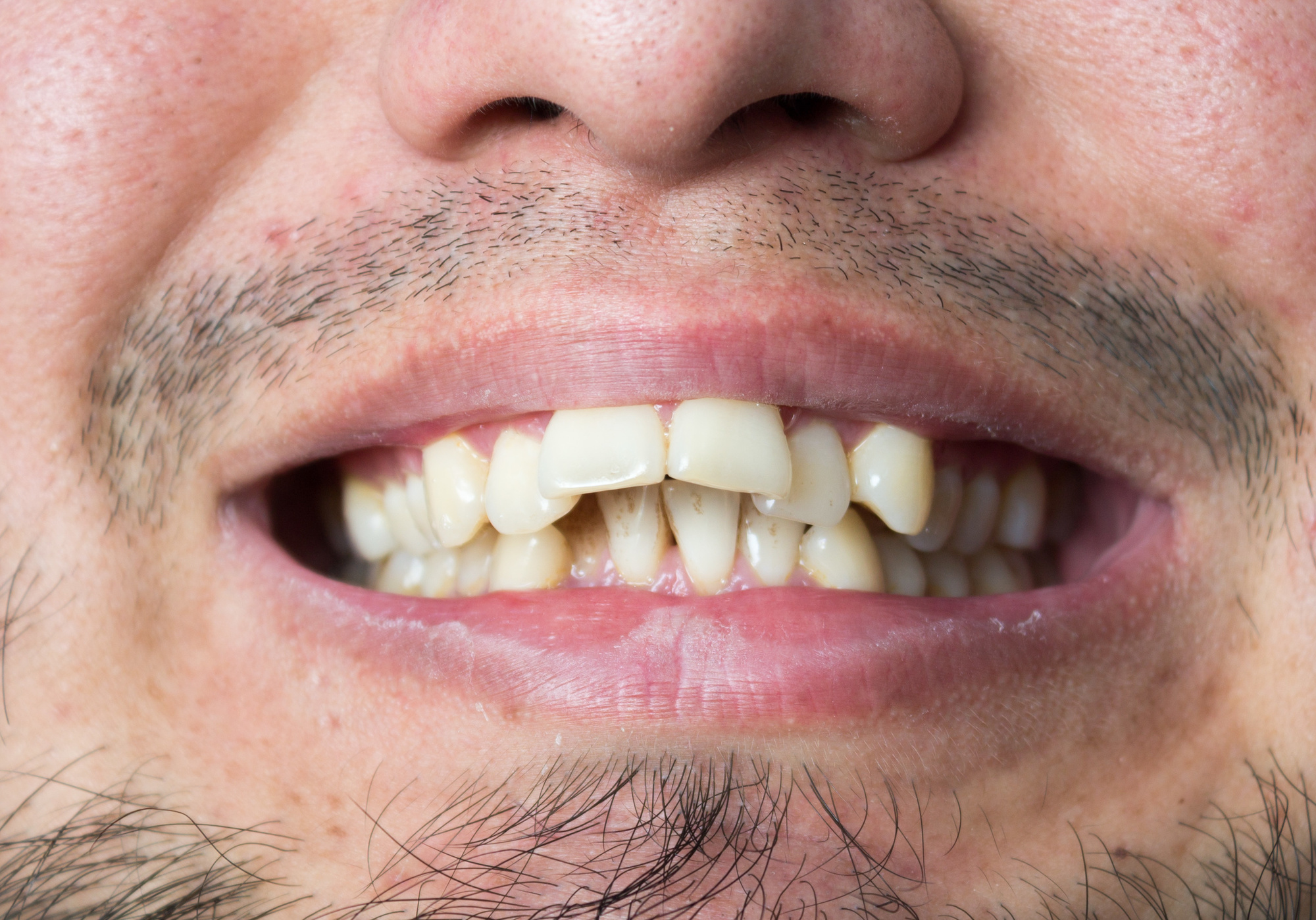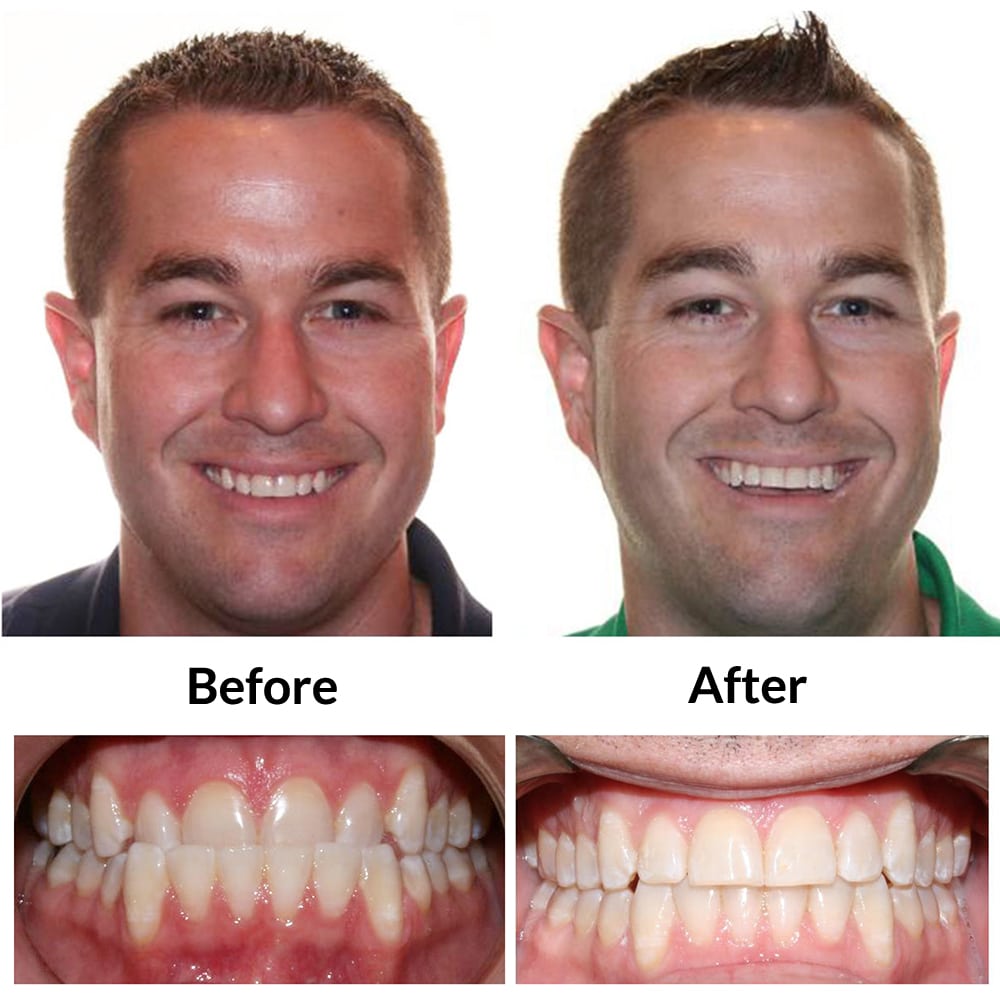Frequently Asked Questions Regarding Invisalign: Everything You Required to Know
Frequently Asked Questions Regarding Invisalign: Everything You Required to Know
Blog Article
Invisalign vs. Typical Dental braces: Which Option Is Right for You?
When thinking about orthodontic therapy, the choice between Invisalign and conventional braces provides numerous vital factors that merit mindful examination. Invisalign provides a very discreet alternative with detachable aligners, while typical dental braces offer a much more noticeable yet effective remedy for serious imbalance. Each option encompasses unique advantages and drawbacks associated to looks, comfort, therapy period, and price. Recognizing these subtleties is important for making a notified choice that lines up with your individual preferences and lifestyle. The concern remains: which option will finest satisfy your orthodontic needs and expectations?
Overview of Therapy Options

In comparison, typical braces include steel brackets and cables that are adhered to the teeth. This method applies constant stress over time to accomplish placement. While effective for complicated orthodontic problems, typical braces need routine visits for modifications and can present obstacles in keeping oral hygiene because of the problem of cleaning up about wires and brackets.
Both options have their values, and the selection often depends upon particular dental conditions, way of life preferences, and individual conformity. Eventually, getting in touch with an orthodontic specialist is crucial for determining the most suitable treatment plan customized to specific demands. Recognizing the subtleties of each option can dramatically affect the general success of orthodontic treatment.
Aesthetic Considerations
A considerable element influencing the choice between Invisalign and traditional dental braces is the visual charm each treatment offers. Invisalign aligners are crafted from clear plastic, making them virtually invisible when put on. This very discreet appearance is particularly appealing to grownups and teens that might feel self-conscious concerning their orthodontic therapy. The ability to maintain an all-natural smile throughout the positioning process can dramatically boost the client's confidence in social and specialist settings.
On the other hand, standard braces contain metal braces and cables, which can be more obvious. While developments in orthodontic modern technology have brought about the advancement of smaller sized brackets and tinted elastics, traditional dental braces still keep a more obvious profile. For some individuals, the visibility of dental braces may prevent them from looking for required therapy.
Ultimately, the option in between Invisalign and conventional dental braces might hinge on individual choices concerning aesthetics. Individuals that prioritize discretion commonly lean toward Invisalign, while those who are less worried concerning visibility may select traditional braces. Comprehending the visual effects of each option is important for making an educated choice that lines up with one's lifestyle and choices.
Convenience and Convenience

In terms of convenience, Invisalign aligners are detachable, enabling patients to appreciate their preferred foods without restriction and maintain optimum oral hygiene. Cleaning and flossing are simplified, as the aligners can be taken out throughout these routines, whereas traditional dental braces need careful steering around cables and brackets.
In contrast, standard dental braces necessitate routine adjustments, making them less hassle-free for those with busy routines. On the whole, the comfort and comfort of Invisalign make it an appealing option for several individuals seeking orthodontic therapy.
Therapy Duration and Efficiency
While both Invisalign and typical braces are efficient in dealing with oral misalignments, the period of therapy can differ substantially in between the two alternatives. Typically, Invisalign treatment can take anywhere from 12 to 18 months, depending upon the intricacy of the instance. The clear aligners function by progressively shifting teeth into their desired settings, and routine follow-ups with an orthodontist assistance make sure progression continues to be on track.
In contrast, traditional braces typically need a longer commitment, normally varying from 18 months to three years. This is because of their fixed nature and the use of cables and brackets, which can be much more effective for complex cases and extreme imbalances (Invisalign). The therapy efficiency of standard braces is well-documented, as they permit accurate adjustments and greater control over tooth motion
Eventually, the selection in between Invisalign and typical braces might rest on both the expected treatment period and the details dental issues at hand. Consulting with an orthodontist is important, as they can offer tailored suggestions based on specific demands, making certain the selected approach aligns with wanted durations and end results.
Price Contrast and Insurance Options
Cost plays a significant role in the decision-making procedure for people considering orthodontic treatment, whether selecting Invisalign or standard braces. Typically, the price of Invisalign varieties from $3,000 to $8,000, while conventional dental braces generally set you back between $2,000 and $6,000. Aspects affecting these costs consist of the More about the author complexity of the case, the duration of therapy, and geographical place.
Insurance policy coverage can substantially influence out-of-pocket expenditures. Lots of dental insurance coverage strategies give partial protection for orthodontic treatments, yet the specifics can differ widely. It is essential for patients to assess their insurance coverage to determine the degree of protection for either alternative. Normally, conventional braces may be extra often covered by insurance coverage strategies contrasted to Invisalign, which some insurance companies categorize as a cosmetic treatment.
Furthermore, a number of orthodontic techniques offer versatile settlement strategies, making both therapy options much more easily accessible. Individuals must ask about prospective financing options and discounts for ahead of time settlements. Reviewing the complete price, consisting of insurance benefits and layaway plan, is vital for making a notified choice that straightens with useful site both aesthetic preferences and spending plan factors to consider.

Final Thought
In recap, the selection between Invisalign and conventional dental braces rests on multiple aspects, consisting of visual choices, convenience, therapy period, and expense. Invisalign provides a very discreet, removable choice that promotes oral hygiene and nutritional adaptability, while typical braces may be better for intricate dental issues and frequently come with a reduced rate point. Eventually, consultation with an orthodontist is crucial to examine individual situations and figure out the most ideal therapy alternative for accomplishing ideal oral positioning.
When thinking about orthodontic therapy, the option between Invisalign and typical dental braces presents numerous essential elements that merit careful evaluation.Comparing Invisalign and typical braces discloses unique treatment choices for orthodontic correction.While both Invisalign and traditional dental braces are efficient in remedying dental misalignments, the period of therapy can vary substantially between the 2 alternatives.Price plays a significant role in the decision-making procedure for people considering orthodontic therapy, whether opting for Invisalign or typical braces.In summary, the option between Invisalign and typical braces pivots on multiple elements, consisting of visual preferences, comfort, therapy period, and price.
Report this page